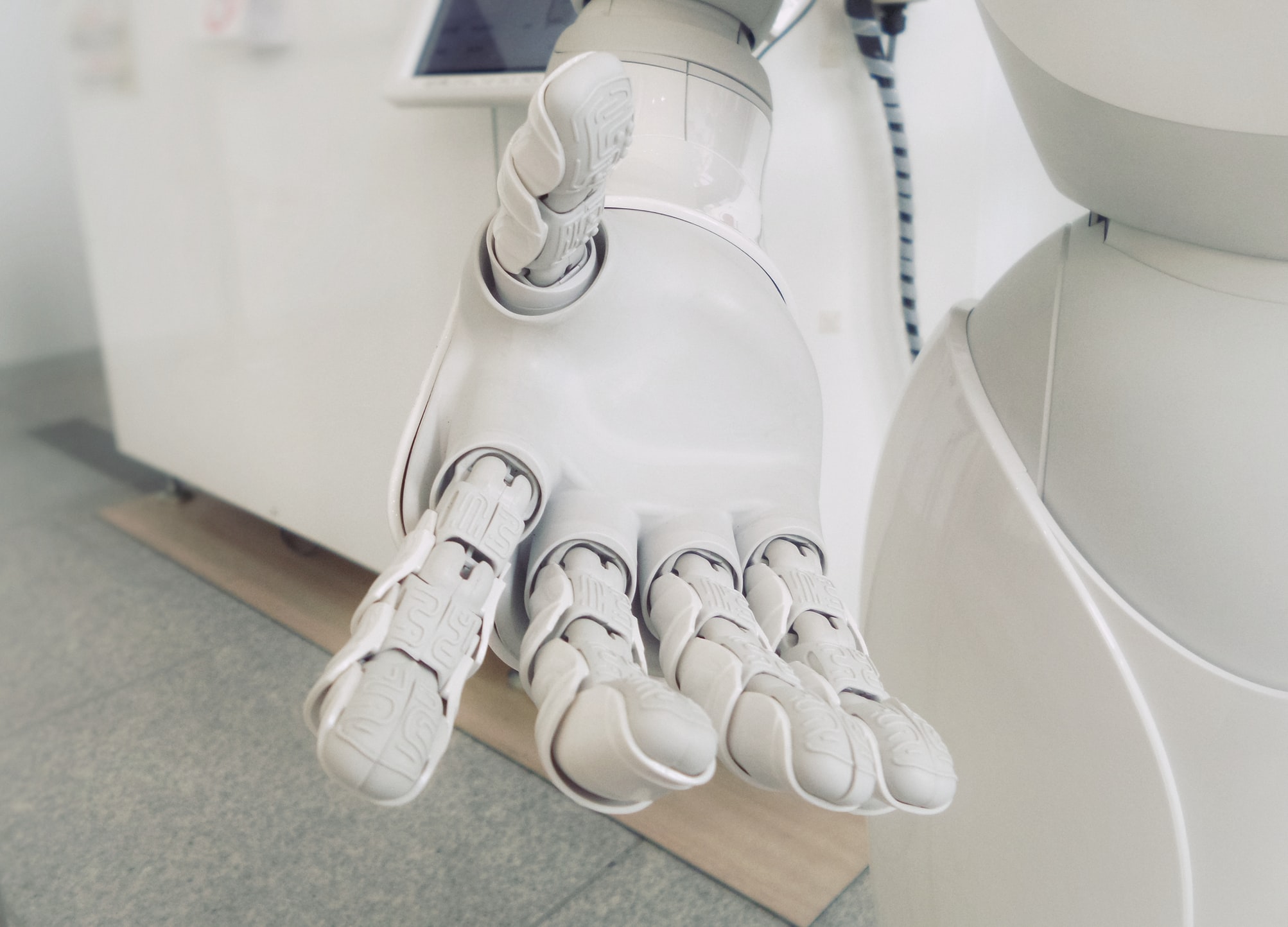Teaching Robots To Think Like Us
27. 10. 2021 | TechiLive | techilive.in
Can intelligence be taught to robots? Advances in physical reservoir computing, a technology that makes sense of brain signals, could contribute to creating artificial intelligence machines that think like us.
Researchers from the University of Tokyo outline how a robot could be taught to navigate through a maze by electrically stimulating a culture of brain nerve cells connected to the machine. These nerve cells, or neurons, were grown from living cells and acted as the physical reservoir for the computer to construct coherent signals. The signals are regarded as homeostatic signals, telling the robot the internal environment was being maintained within a certain range and acting as a baseline as it moved freely through the maze.

Whenever the robot veered in the wrong direction or faced the wrong way, the neurons in the cell culture were disturbed by an electric impulse. Throughout trials, the robot was continually fed the homeostatic signals interrupted by the disturbance signals until it had successfully solved the maze task. These findings suggest goal-directed behavior can be generated without any additional learning by sending disturbance signals to an embodied system. The robot could not see the environment or obtain other sensory information, so it was entirely dependent on the electrical trial-and-error impulses.
Read more at TechiLive
Image Credit: Unsplash
-jk-




